Hundreds of starving and dying pelicans are showing up on the California coast, leaving wildlife researchers, veterinarians, and advocates baffled at what to do.
In just the past few weeks, animal care centers throughout California have taken in these emaciated pelicans, attempting to save their lives — and find the cause of their severe health conditions.
An Ongoing Wildlife Crisis
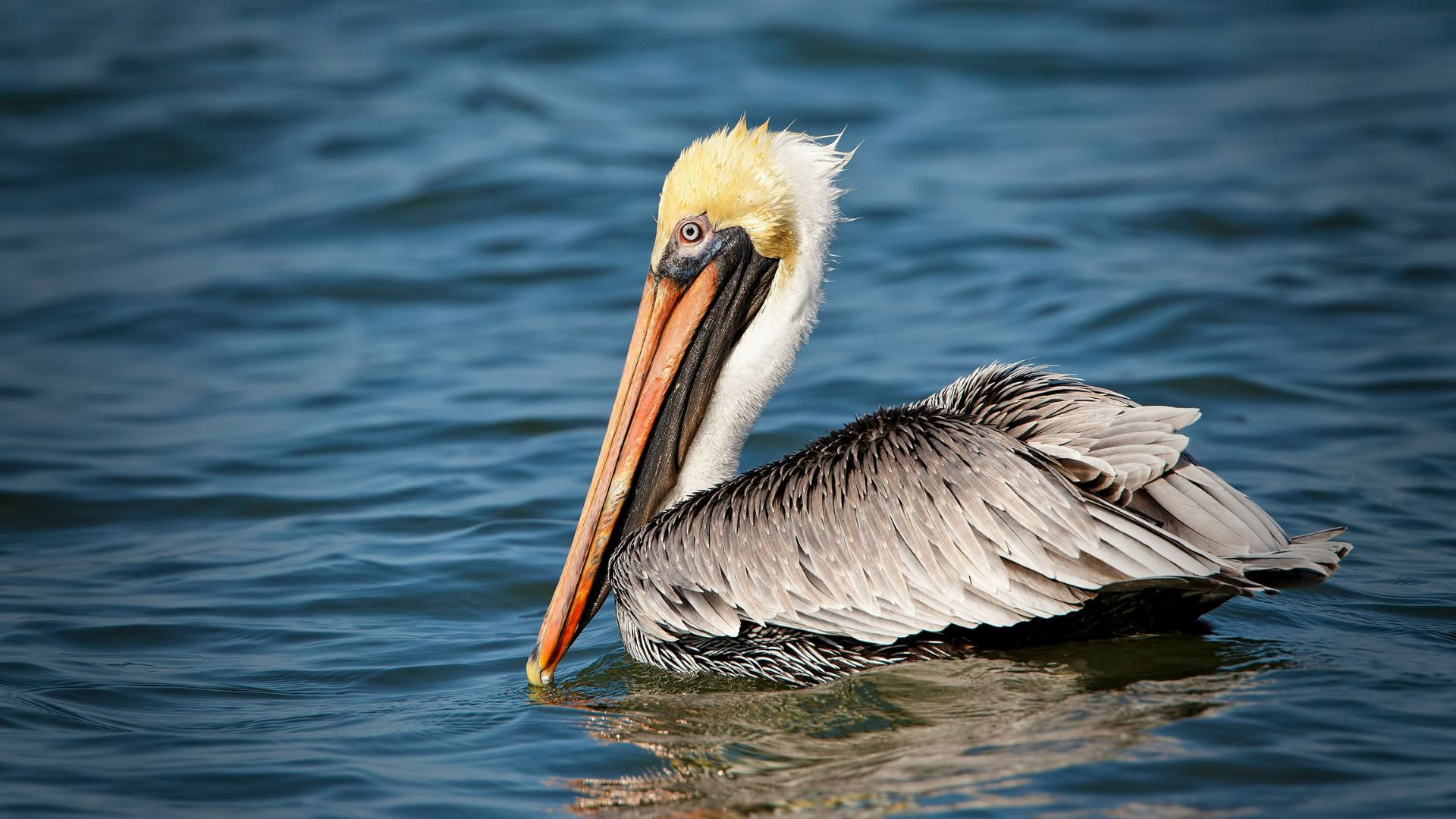
For about three weeks now, California animal care centers have been trying to contain what they call an ongoing “crisis.”
Just last week, lifeguards in Newport Beach, which is located in southern California, stumbled upon two dozen dying pelicans on a pier. This specific event is simply the latest situation where starving pelicans have been found on the coast of California.
Hundreds of Birds Are Being Treated
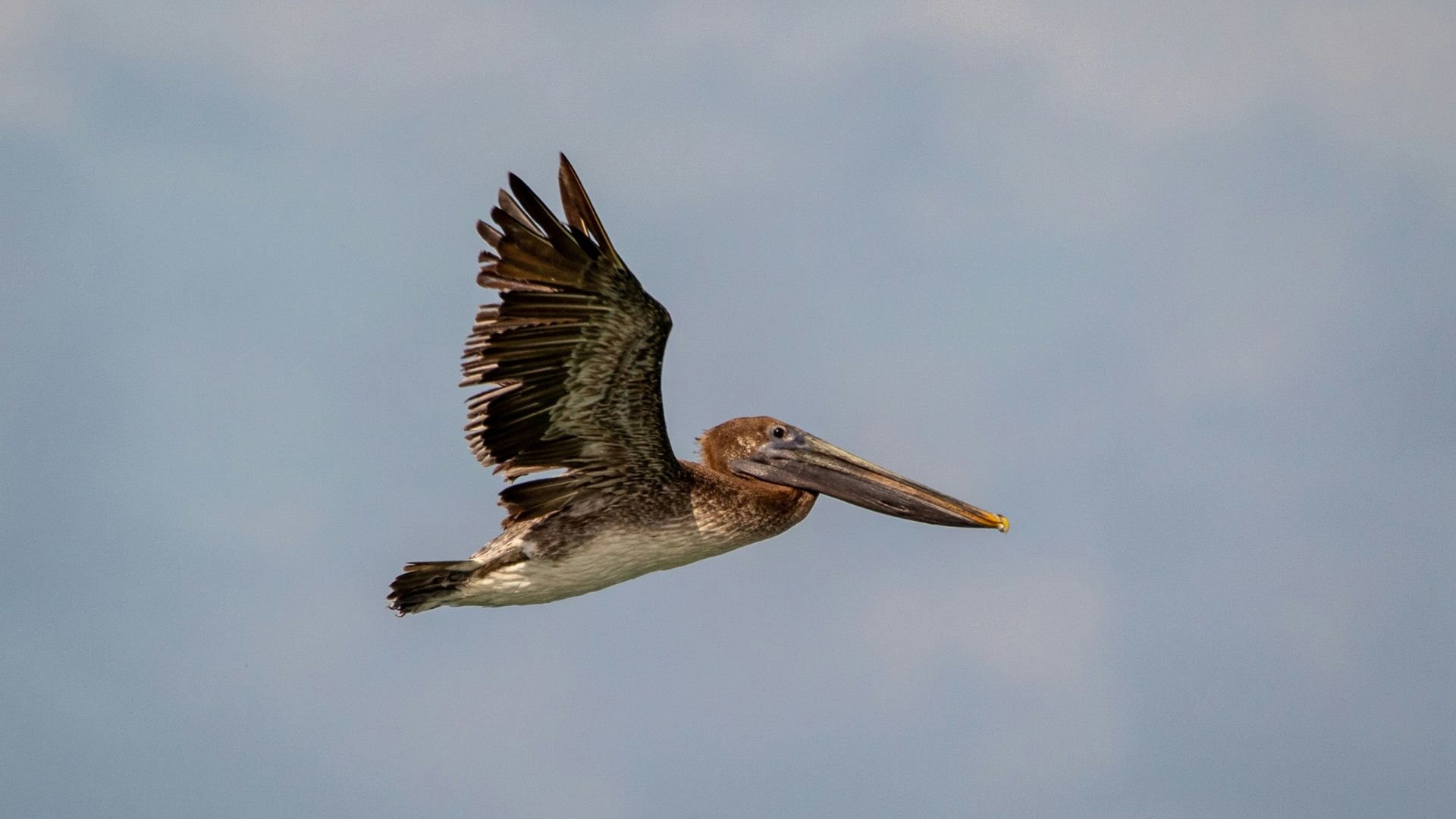
In the past three weeks, hundreds of emaciated pelicans have been treated by different animal care centers in California.
The Wetlands and Wildlife Care Center, located in Huntington Beach, has revealed that they’ve treated more than 100 pelicans who were starving, dehydrated, and barely alive.
Dying Birds Along the California Coast
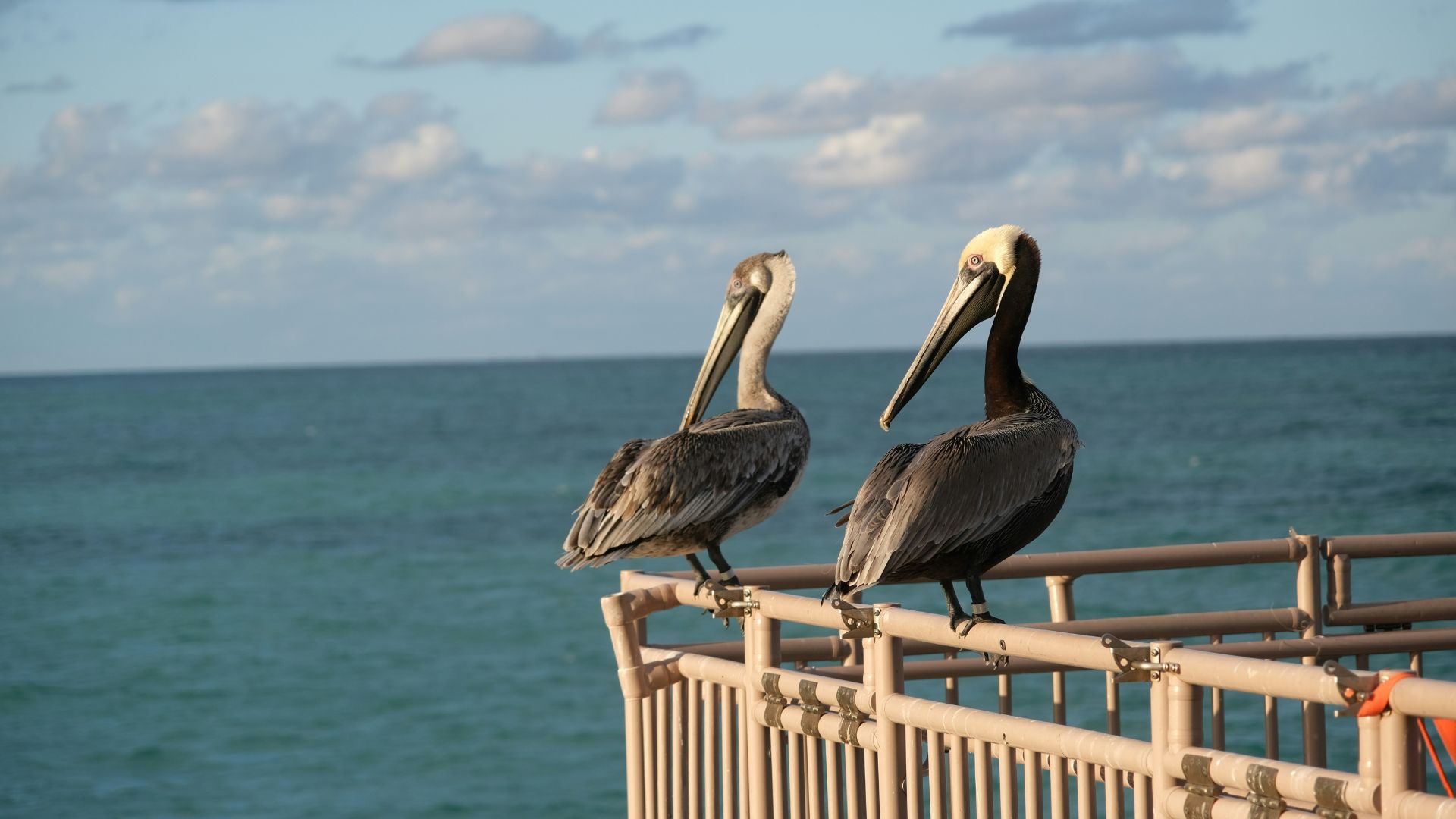
Meanwhile, Bird Rescue has also announced that they’ve taken in more than 235 sick pelicans in just the last three weeks.
Bird Rescue is a non-profit that operates different wildlife care centers in both northern and southern California.
The Conditions of the Pelicans
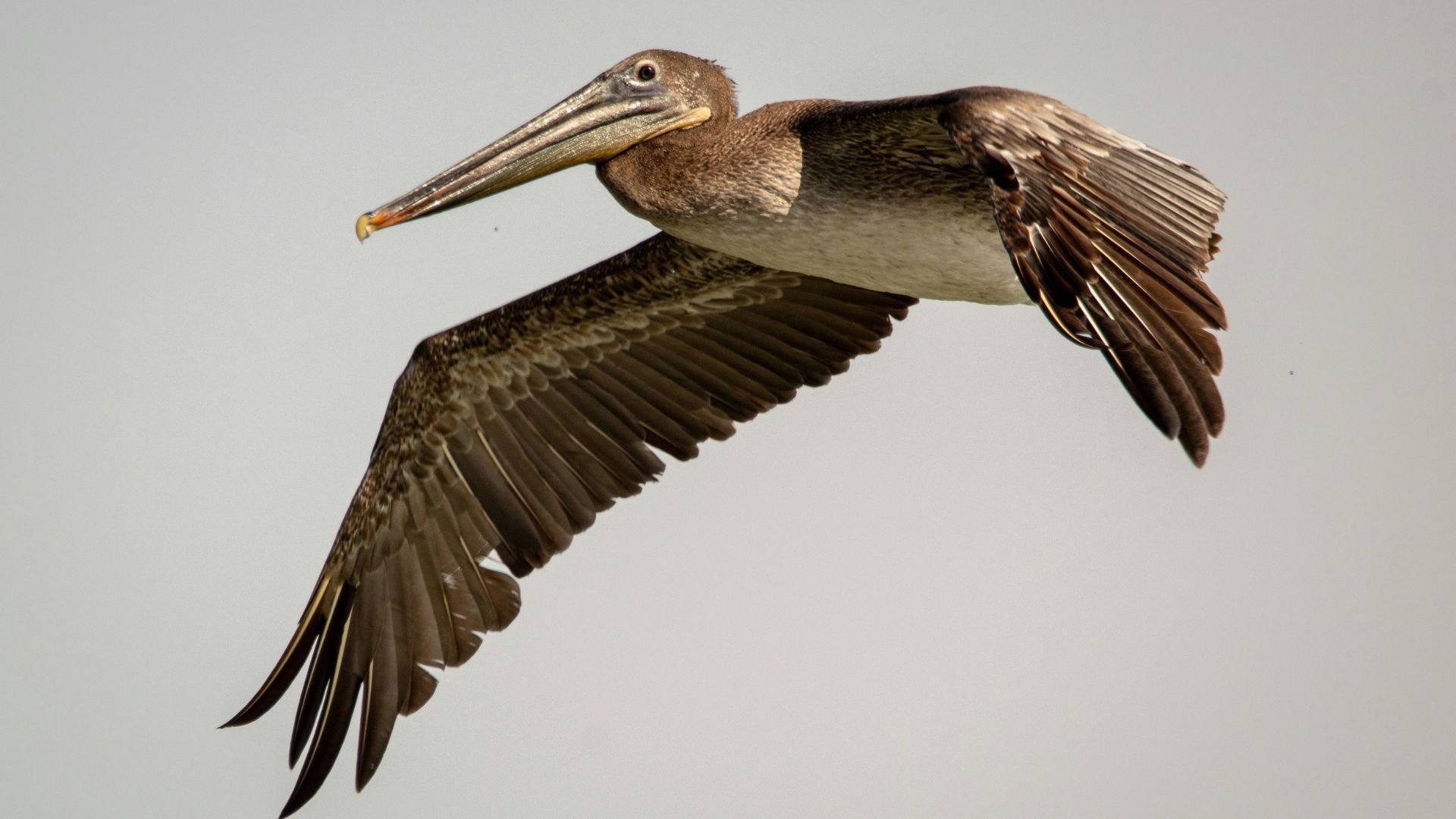
The conditions of these pelicans tend to be the same, though some unique situations have occurred. For the most part, these birds are severely sick and appear to be starving and dehydrated. They’ve also been found to be anemic and very underweight.
Many have appeared to be very cold and potentially suffering from hypothermia.
Injured Birds

Some of the pelicans that these wildlife centers have tried to help haven’t just been starving — they’ve also been incredibly injured.
According to Bird Rescue, about 40% of the pelicans that they’ve rescued thus far have had severe injuries after possibly getting caught in hooks and fishing lines.
California’s Response

The California Department of Fish and Wildlife (CDFW) has released a statement confirming that they are well aware of this growing crisis along the state’s coastline.
According to the CDFW, reports of emaciated pelicans have been coming in since at least late April. The department has also explained that they’ve received reports of a high number of brown pelicans becoming stranded throughout California, from San Diego County to Santa Cruz County.
A Federally Protected Species
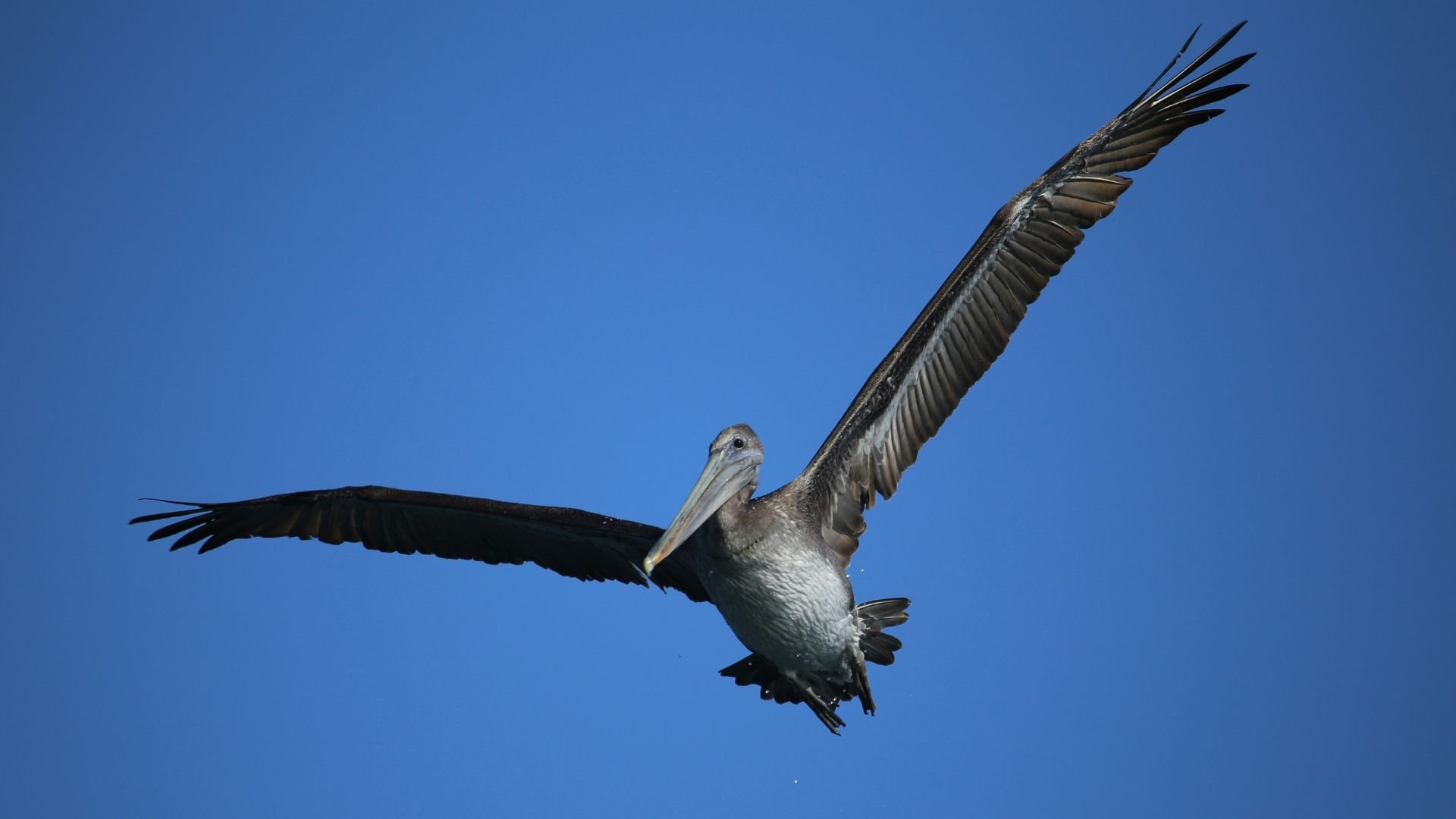
These pelicans are considered federally protected species. The CDFW has explained that these brown pelicans are showing signs of malnutrition throughout their flocks.
To help save these protected species, the CDFW has stated that many wildlife rehabilitation facilities have begun to take in mass amounts of these birds in an attempt to save them.
A Difficult Process

Unfortunately, saving a hypothermic and starving pelican is a difficult process. Debbie McGuire, the Wetlands and Wildlife Care Center in Huntington Beach executive director, explained this challenging goal.
“They are starving to death and if we don’t get them into care, they will die,” McGuire stated. “It really is a crisis.”
Many Pelicans Have Already Died

So far, this crisis has already resulted in many sick pelicans dying before they could benefit from the help they were receiving.
To make matters even more complex, wildlife experts haven’t been able to discover why these brown pelicans seem to be suffering so severely. These birds appear to be starving. However, experts have stated that there is bountiful life and food for them to eat along the California coast.
A Crisis up and Down the Coast

Interestingly, not just one area of the California coast is being impacted by these dying pelicans. The entire coast, both northern and southern California, has seen an increase in starving and injured pelicans appearing on its beaches.
In northern California, most of these emaciated birds have appeared in Monterey and Santa Cruz. Meanwhile, southern California has seen an increase in pelican illnesses in rather unique places, such as a lake at SoFi Stadium.
Finding the Cause
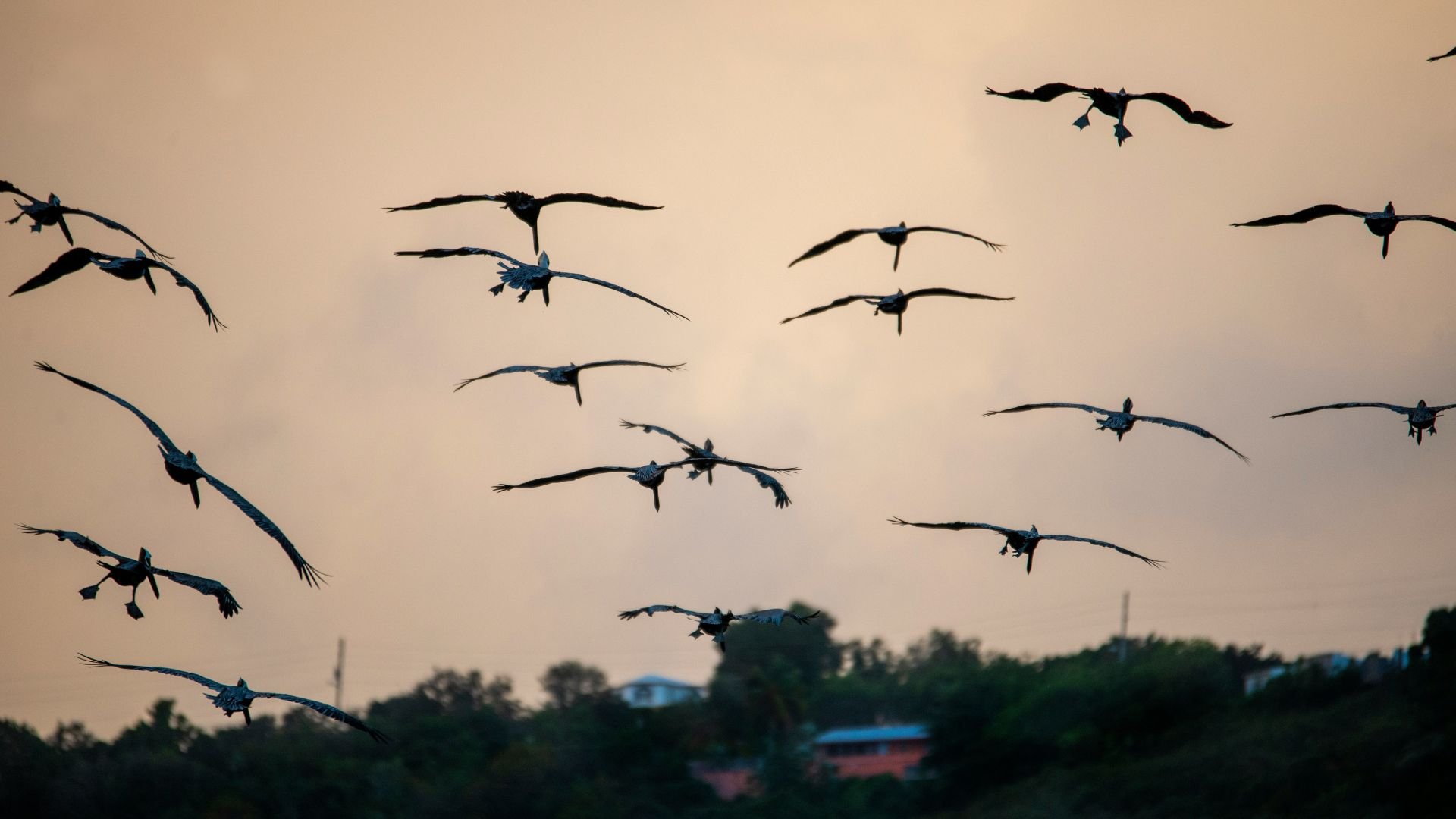
Animal experts still haven’t found the underlying cause of why these pelicans seem to be dying from hypothermia and starvation. However, they’re working to solve this mystery by conducting postmortem exams of the pelicans who have died.
The CDFW has revealed they will test the surviving pelicans currently at California wildlife centers to see if there is something they’re missing. Experts have also pointed to an event in 2022, when almost 800 pelicans were rescued by wildlife care centers before later being released.








































